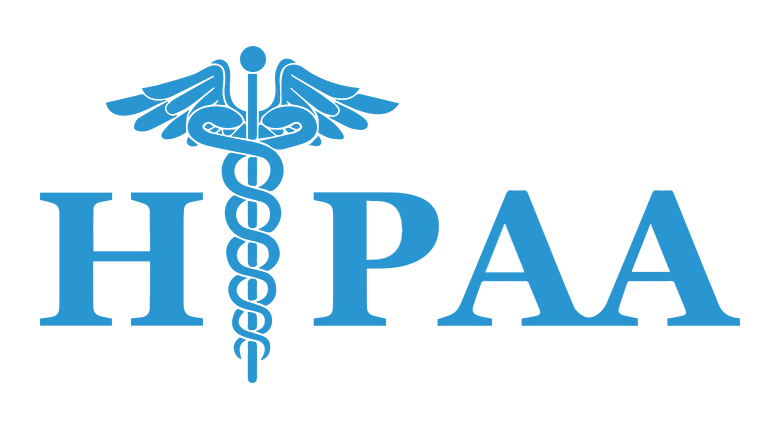Newsletters
A newsletter is an effective method of keeping in touch with your patients by providing them valuable advice and information periodically. In fact, the lack of follow-up care is the #1 complaint of hearing aid users. Many offices frame their follow-up program around their newsletter schedule.
Hearing HealthCare News For Patients
Hearing HealthCare NewsFor Patients
View Sample
Order Sample
Subscribe
Audiology HealthCare News For Physicians
Audiology HealthCare NewsFor Physicians
View Sample
Order Sample
Subscribe

Suggestion:
Consider sending your patients a "hearing aid fitting discharge" letter after the last hearing aid fitting visit. In that letter, you can thank them for choosing your office for services, and remind them about batteries, hearing aid care, and the importance of regular hearing healthcare check-ups. Also mention you will be sending them a patient newsletter, and give them the opportunity to "opt out" if they wish.
HIPAA Regulations and Newsletters
Some subscribers have asked about HIPAA regulations and use of a patient newsletter. The HIPAA regulations do not discourage communicating with patients.
"Marketing . . . At the same time, the (HIPAA) proposal would permit doctors and other covered entities to communicate freely with patients about treatment options and other health-related information, including disease-management programs."
Also, according to the Office of Civil Rights Guidelines released in December 2002, as summarized in the March/April 2003 issue of Audiology Today:
- Audiologists are permitted to contact their patients with promotional offers, incentives and coupons;
- Audiologists are allowed to contact their patients to communicate about products and services, but must allow their patient to "opt out" of these types of communications. (Note: Many subscribers use their newsletter to inform their patients about HIPAA requirements and to offer them the opportunity to "opt out" of office mailings.)